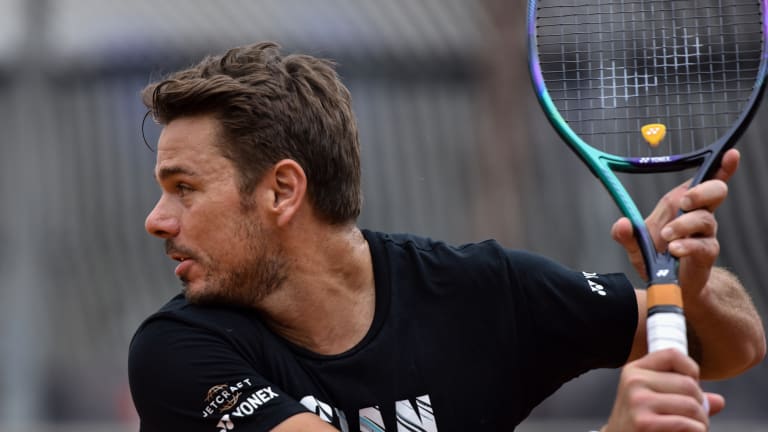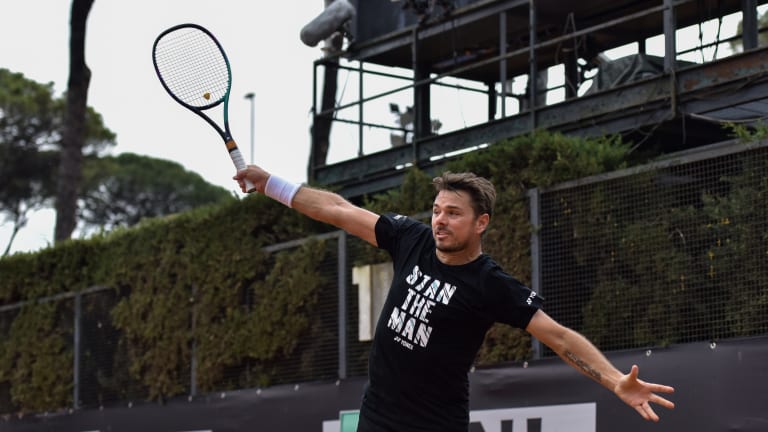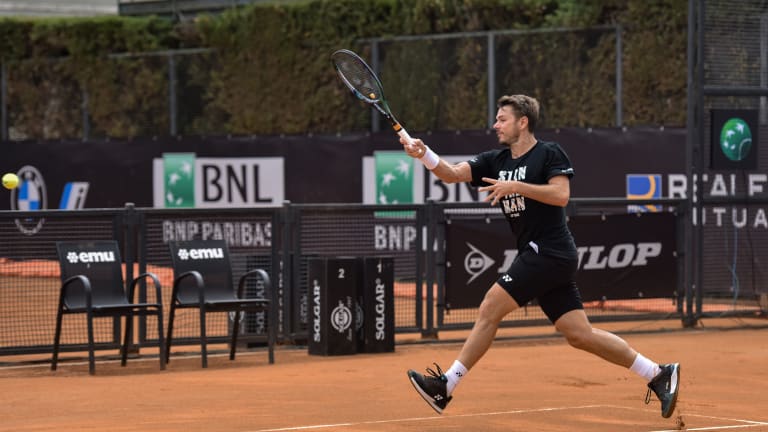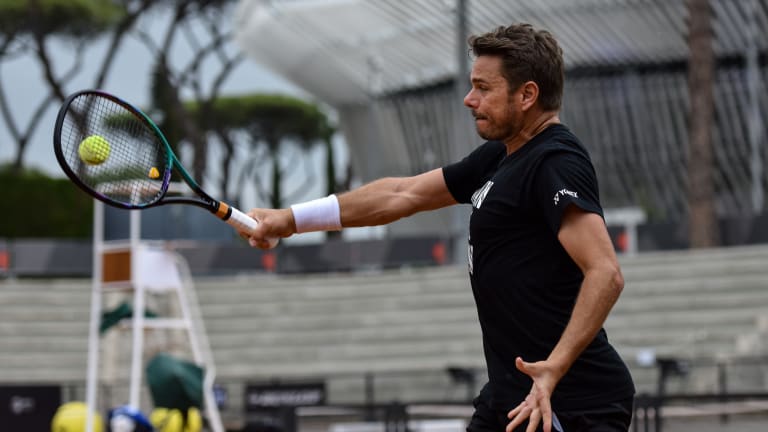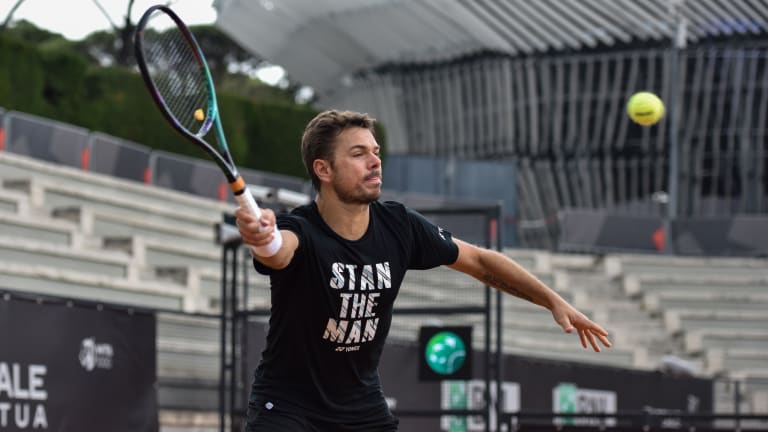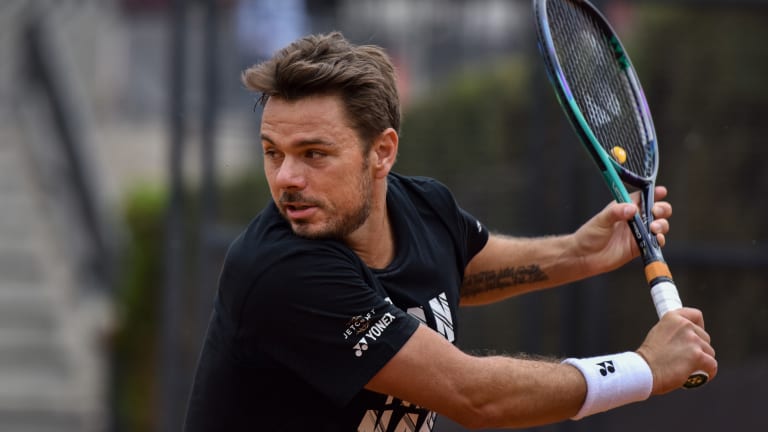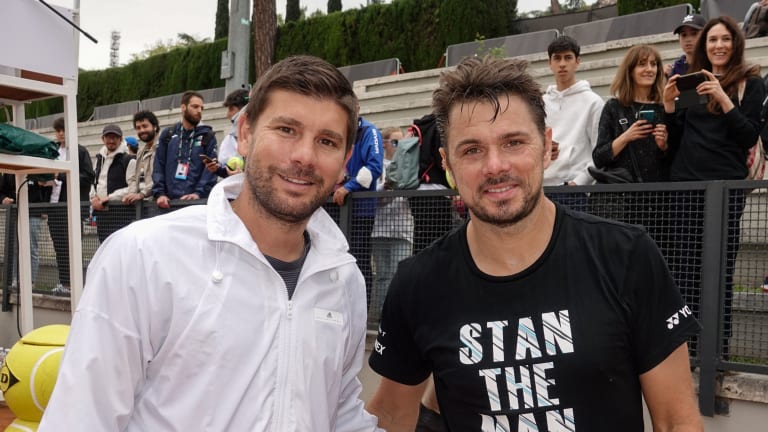Tennis.com Interview
Stan Wawrinka: The Walk Doesn’t Stop
By May 23, 2022Tennis.com Interview
A year into retirement, Garbiñe Muguruza reconnects: “Tennis wants me back!”
By Apr 22, 2025Tennis.com Interview
Aryna Sabalenka on Marg-Arynas, team TikToks—and her quest for that elusive Porsche
By Apr 19, 2025Tennis.com Interview
Jan-Lennard Struff sees Munich title defense bid as 'perfect opportunity' to turn 2025 around
By Apr 14, 2025Tennis.com Interview
Lorenzo Musetti manifested his 'special' week in Monte Carlo with first Masters 1000 final
By Apr 12, 2025Tennis.com Interview
No logic, just a feeling: Andrey Rublev "always knew" he wanted to work with Marat Safin
By Apr 07, 2025Tennis.com Interview
Brad Gilbert, Patrick McEnroe weigh in on U.S. men's tennis evolution
By Apr 05, 2025Tennis.com Interview
Patrick McEnroe decries Jannik Sinner suspension, tags Joao Fonseca as future star
By Apr 04, 2025Tennis.com Interview
On chicken farm, Danielle Collins embraces “crunchy granola lifestyle”
By Apr 03, 2025Tennis.com Interview
Feeling like a teenager, Alizé Cornet, 35, makes triumphant comeback from retirement
By Apr 02, 2025Tennis.com Interview
Stan Wawrinka: The Walk Doesn’t Stop
The three-time major champion isn't rushing his comeback from a left foot injury, and we should allow the Swiss the opportunity to do it right—the Stanimal way.
Published May 23, 2022
Advertising
Advertising
BTS with Wawrinka in Rome
/
Advertising
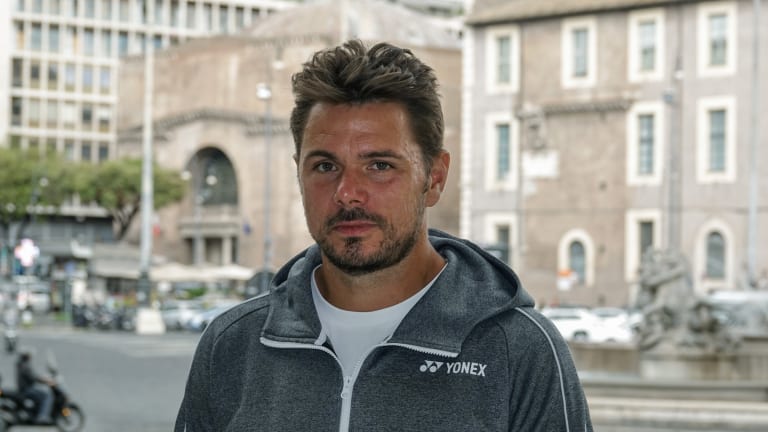
Wawrinka's 44 wins at Roland Garros are tied for the most in his career among the four majors, along with the US Open.
© Matt Fitzgerald
